The Remarkable World of Beavers
Beavers, often hailed as nature’s engineers, are far more than just bucktoothed rodents. These industrious creatures play a critical role in shaping landscapes and maintaining healthy ecosystems. Their impact extends from the smallest stream to the wider web of life, and even into human history. This guide delves into the fascinating life of beavers, exploring their biology, behavior, ecological significance, and their complex relationship with humans.

Basic Beaver Biology
Physical Characteristics
Beavers are the largest rodents in North America and rank among the world’s largest rodents. Adults typically weigh between 35 and 65 pounds, although some can exceed 80 pounds. Their bodies are streamlined and covered in dense, water‑resistant fur that provides insulation against cold temperatures. The fur is typically a dark brown or reddish‑brown, helping them blend into forested banks. The most distinctive feature is their large, orange incisors, which grow continuously throughout their life. Their large, webbed hind feet provide powerful propulsion in water, while their smaller front feet are used for manipulating materials such as mud and branches.
Habitat and Distribution
Historically, beavers inhabited much of North America and Eurasia. Today, they are found throughout North America, including Canada, the United States, and parts of Mexico, as well as across Russia, Europe, and Asia. Beavers prefer areas with access to both water and trees, typically inhabiting rivers, streams, lakes, ponds, and wetlands. The presence of deciduous trees such as aspen, willow, and birch is particularly important, as these trees provide preferred food sources.
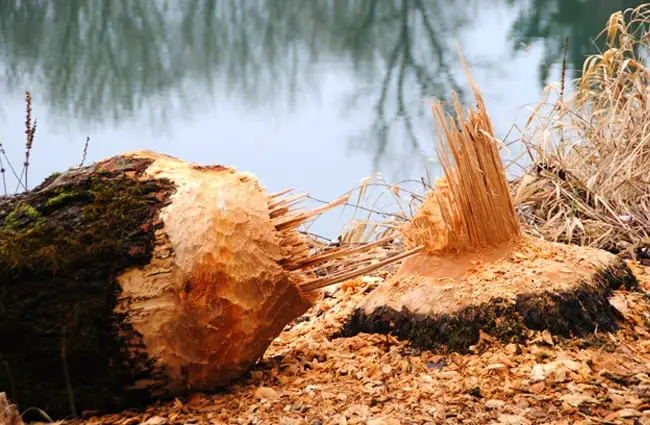
Beaver Behavior and Ecology
Diet and Foraging
Beavers are herbivores, primarily consuming tree bark, leaves, twigs, and aquatic plants. During warmer months, they eat a variety of green vegetation. As winter approaches, they focus on storing woody food—branches and saplings—by creating dams and lodges. These stored supplies provide a vital food source when fresh vegetation is unavailable. Beavers have a strong preference for the cambium layer of trees, the nutrient‑rich tissue just beneath the bark.
Dam Building and Lodge Construction
Beavers are renowned for their dam‑building abilities. Dams are constructed from a variety of materials, including trees, branches, mud, rocks, and vegetation. These dams create ponds and wetlands, providing safe habitat and facilitating access to food sources. The ponds also help control erosion and improve water quality. Lodges, typically built within the ponds, serve as shelter and protection from predators. They can be constructed from the same materials as dams or excavated into banks. A family usually lives inside the lodge.
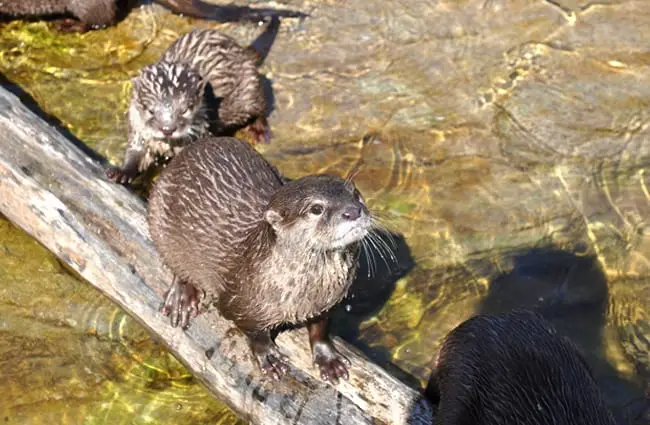
Social Structure and Reproduction
Beavers are generally monogamous, forming long‑term pair bonds. They live in family units consisting of the breeding pair and their offspring of various ages. Family units typically contain five to eight individuals. Breeding usually occurs in late winter or early spring. Gestation lasts around 105 to 125 days, resulting in a litter of one to six kits. Kits are born fully furred with their eyes open and are dependent on their parents for several months. Young beavers typically remain with their parents for two to three years, learning essential survival skills.
Beaver’s Role in the Ecosystem
Keystone Species
Beavers are considered a keystone species, meaning their presence has a disproportionately large impact on their ecosystem. Their dam‑building activities create wetlands, which provide habitat for a wide variety of plants and animals, including fish, amphibians, birds, and mammals. Beaver ponds also help filter water, reducing sediment and pollution. By creating a mosaic of habitats, beavers increase biodiversity and ecosystem resilience.
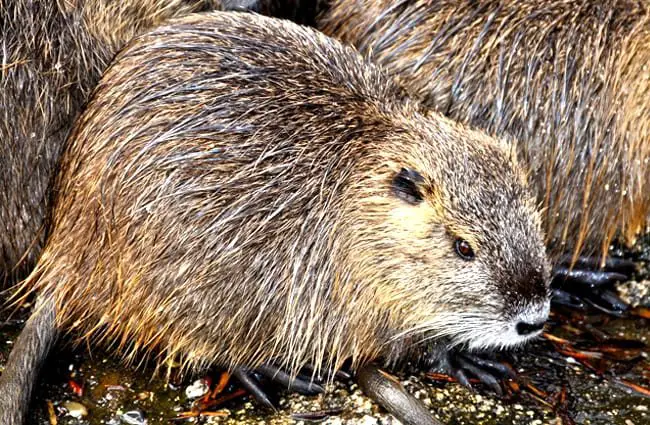
Interactions with Other Animals
Beavers interact with many other species. Ducks, muskrats, and otters often use beaver ponds for foraging and shelter. Fish benefit from the increased habitat and improved water quality. Predators such as wolves, coyotes, and bears may prey on beavers. The wetlands created by beavers also support a diverse array of invertebrates, which form the base of the food web.
Beavers and Humans: A Historical Relationship
Historical Significance
Beavers played a crucial role in the early exploration and fur trade of North America. Beaver pelts were highly valued in Europe for making hats, and the demand for these pelts drove extensive trapping and trade. This trade had a profound impact on both Native American communities and European colonization.
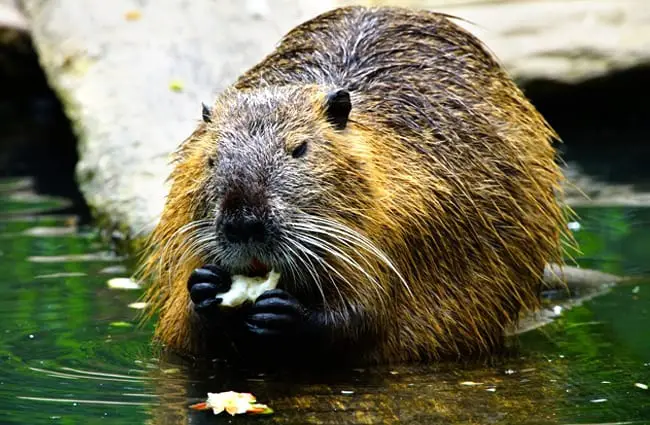
Modern Conservation and Management
Beaver populations declined drastically due to over trapping and habitat loss. However, conservation efforts have helped restore populations in many areas. Modern management strategies focus on balancing the needs of beavers with those of humans. In some cases, beavers may be relocated to areas where their dam‑building activities can benefit the ecosystem. Managing conflicts between beavers and human infrastructure—such as roads and agricultural land—is also an important aspect of beaver conservation.
For the Aspiring Zoologist and Dedicated Zookeeper
Advanced Beaver Biology
Beaver genetics reveal a surprisingly diverse genetic structure. Subspecies designations are debated, but regional variations in size, coat color, and behavior exist. Physiological studies have highlighted the unique adaptations that allow beavers to thrive in aquatic environments, including specialized kidneys for regulating water balance and a unique circulatory system that prevents hypoxia during prolonged underwater activity.
Captive Beaver Care
For zookeepers, providing a stimulating and naturalistic environment is crucial. Large, deep pools are essential, along with ample access to woody vegetation for gnawing and dam building. Enclosures should incorporate opportunities for foraging, climbing, and swimming. Diet should mimic their natural diet, consisting of tree branches, aquatic plants, and supplemented with nutritious pellets. Regular veterinary check‑ups are essential to monitor dental health and prevent infections. Avoid overcrowding and provide plenty of space for each individual. Enrichment activities, such as providing novel branches or creating underwater structures, can help stimulate their natural behaviors.
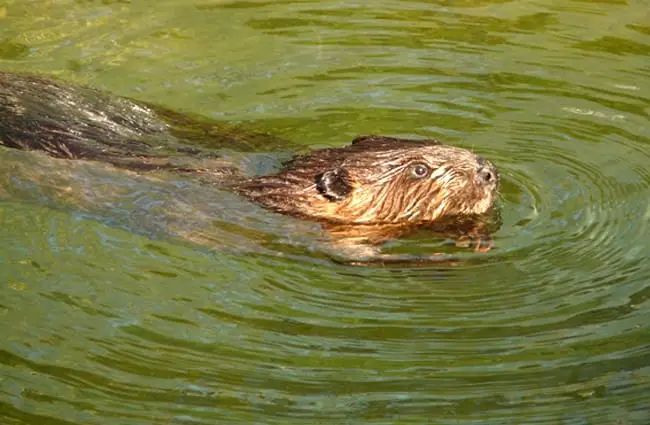
Encountering Beavers in the Wild
Beavers are most active at dawn and dusk. Look for signs of their activity, such as dams, lodges, gnawed trees, and muddy slides leading to the water. Approach cautiously and observe from a distance to avoid disturbing them. Never attempt to approach or feed wild beavers. If you encounter a beaver near a road or trail, give it plenty of space and allow it to move away on its own.
Beavers are remarkable creatures that play a vital role in the health of our ecosystems. By understanding their biology, behavior, and ecological significance, we can appreciate these incredible animals and work to ensure their continued survival.

![Red Angus Closeup of a beautiful Red Angus cowPhoto by: U.S. Department of Agriculture [pubic domain]https://creativecommons.org/licenses/by/2.0/](https://animals.net/wp-content/uploads/2020/03/Red-Angus-4-238x178.jpg)




![Red Angus Closeup of a beautiful Red Angus cowPhoto by: U.S. Department of Agriculture [pubic domain]https://creativecommons.org/licenses/by/2.0/](https://animals.net/wp-content/uploads/2020/03/Red-Angus-4-100x75.jpg)

